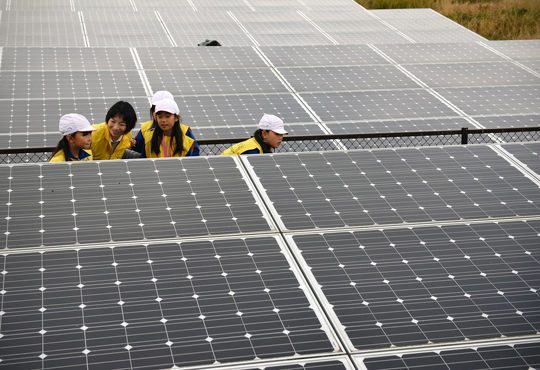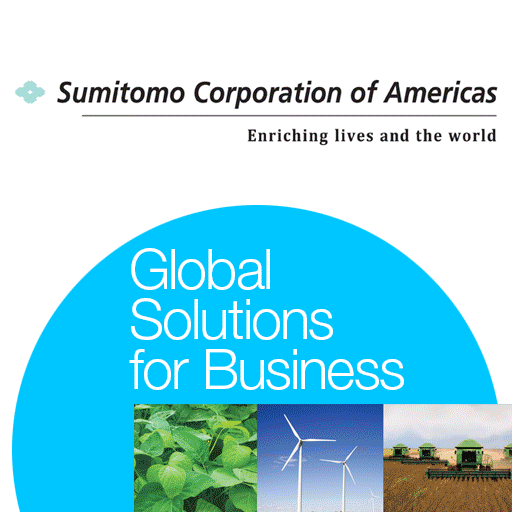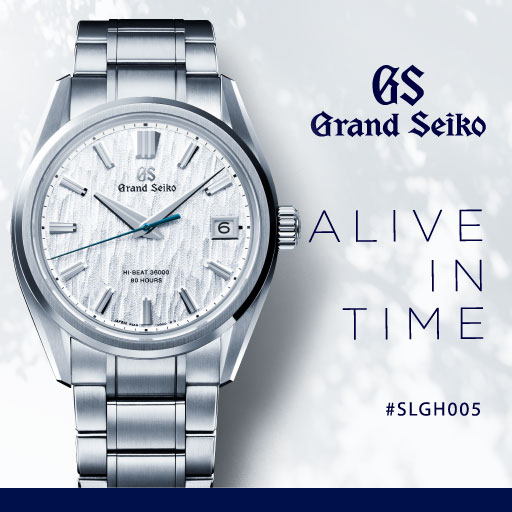EXHIBITION

Lessons from Recovery: the Great East Japan Earthquake of 2011
No one knows exactly when and where disaster will strike. And whatever form it takes, disaster is bound to have a dramatic impact on people’s lives and the environment.
Through the Great East Japan Earthquake of 2011, we were reminded of the fact that even in the information age of the 21st Century, we are still very much powerless against the forces of nature. The damage inflicted through that disaster was extensive, and Japan is still struggling to recovery from it.
Now, five years after the disaster, media coverage on the recovery has waned, and when looking on from the sidelines it may seem that Japan’s recovery efforts are moving along smoothly. The reality, however, is that there are still many problems yet to be solved. We believe that now is the perfect time for reflection on this tragedy—on what has been accomplished over the past five years and on what is left for us to tackle. Which is why we would like to use this exhibition to introduce several test cases that we hope will be used as a reference for recovery.
Out of this tragedy has been born a generation that seeks out new opportunities—young entrepreneurs and determined victims rising up out of their difficult circumstances. While much of their effort may be attributed to mere necessity, their ability to narrow down their focus and open new doors reminds us that disaster is not the end—it is a new beginning.
A year after the earthquake and tsunami, Amazon Japan saw large profit gains in the Tohoku region. A business seminar organized by the City of Sendai brought together many eager entrepreneurs ready to take the next step. As these facts suggest, the key to recovering from disaster is in not in material aid alone but in taking the next step forward mentally.
Over the last five years, there have been many disasters throughout the world. Disaster is not the problem of any one particular area. It is our hope that the specific examples of recovery efforts taken after the Great East Japan Earthquake be used as a reference for recovery efforts in nations hit by disaster worldwide.
This exhibition was made possible by four cameramen who moved to the Tohoku region after the disaster and who contributed to this exhibition on an entirely voluntary basis. Through this exhibition, attendees will witness their passionate desire to help revitalize Japan even in the face of despair, their overwhelming compassion for the people of Tohoku, and their powerful sense of mission to share photos and videos with the rest of the world.
Youth for 3.11, a student volunteer organization formed after the disaster, has also made contributions through their interviews with Mr. Tatsuo Hirano, the first Minister of Reconstruction, and the famous Japanese architect Mr. Toyo Ito. There is no doubt that this valuable experience will serve as a powerful inspiration for these aspiring young leaders.
Miya Ando, a modern artist based in New York whose works have been exhibited throughout the world, will be contributing an installation art piece. Through this piece, she hopes to honor the souls lost in the disaster and to aspire for a future full of peace for Japan.
At this exhibition, people from all walks of life—politicians, government workers, architects, manufacturers, fishermen, farmers, grocers, craftsmen, medical workers, caregivers, entrepreneurs, educators, cultural workers, journalists, modern artists, university students, children, and the elderly—have all gathered at the Nippon Gallery to become one voice as they share with the world their story of recovery.
Children learning hands on at the Solar Agripark (Fukushima) ©Yuki Iwanami
Organized by The Nippon Club
Sponsored by the J.C.C. Fund (the Japanese Chamber of Commerce and Industry of New York)
With support from the Reconstruction Agency, the Permanent Mission of Japan to the UN, the Consulate-General of Japan in New York, and The Japan Foundation, New York
In collaboration with the Tohoku University Taro Igarashi Laboratory, independent photographers living in Tohoku (Hiromi Furusato, Keisuke Hirai, Yuki Iwanami, Shoichi Suzuki), the nonprofit organization “Youth for 3.11”, the Tohoku Film Association, the Makibiz Foundation, Norah Ibrahim, Miya Ando, Kazuko Uchida, Yuri Miyamoto, and the people of Tohoku
Director: Yutaka Takiura (architect and associate professor at the Pratt Institute)
Curator: Kyoko Sato (independent curator)
About the director and curator
Yutaka Takiura, an architect and associate professor at the Pratt Institute, has donated various designs to victims of natural disaster throughout the world in an attempt to provide advanced architecture and design to those in need of it. Curator Kyoko Sato has performed coordination and curating for several exhibitions focused on peace and disaster recovery: she worked on The Great East Japan Earthquake Press Photo Exhibition (organized by the Nippon Club and the Asahi Shimbun, 2011) held at the Nippon Club after the disaster, and on the modern art exhibit Re: Kontemporary, Fermented Souls (organized by the Waterfall Mansion and supported by the United Nations Fund, 2015) held on the 50th anniversary of the normalization of relations between Japan and Korea.
| Period | January 28–February 23, 2016 |
|---|---|
| Hours | Hours: Mon-Fri: 10:00 am – 6:00 pm, Sat: 10:00 am – 5:00 pm |
| Location | The Nippon Gallery at the Nippon Club 145 West 57th Street, 7th Floor New York, NY 10019 |
| Admission | Free |
| Detail | Tel (212) 581-2223 E-mail: info@nipponclub.org URL: www.nipponclub.org |





